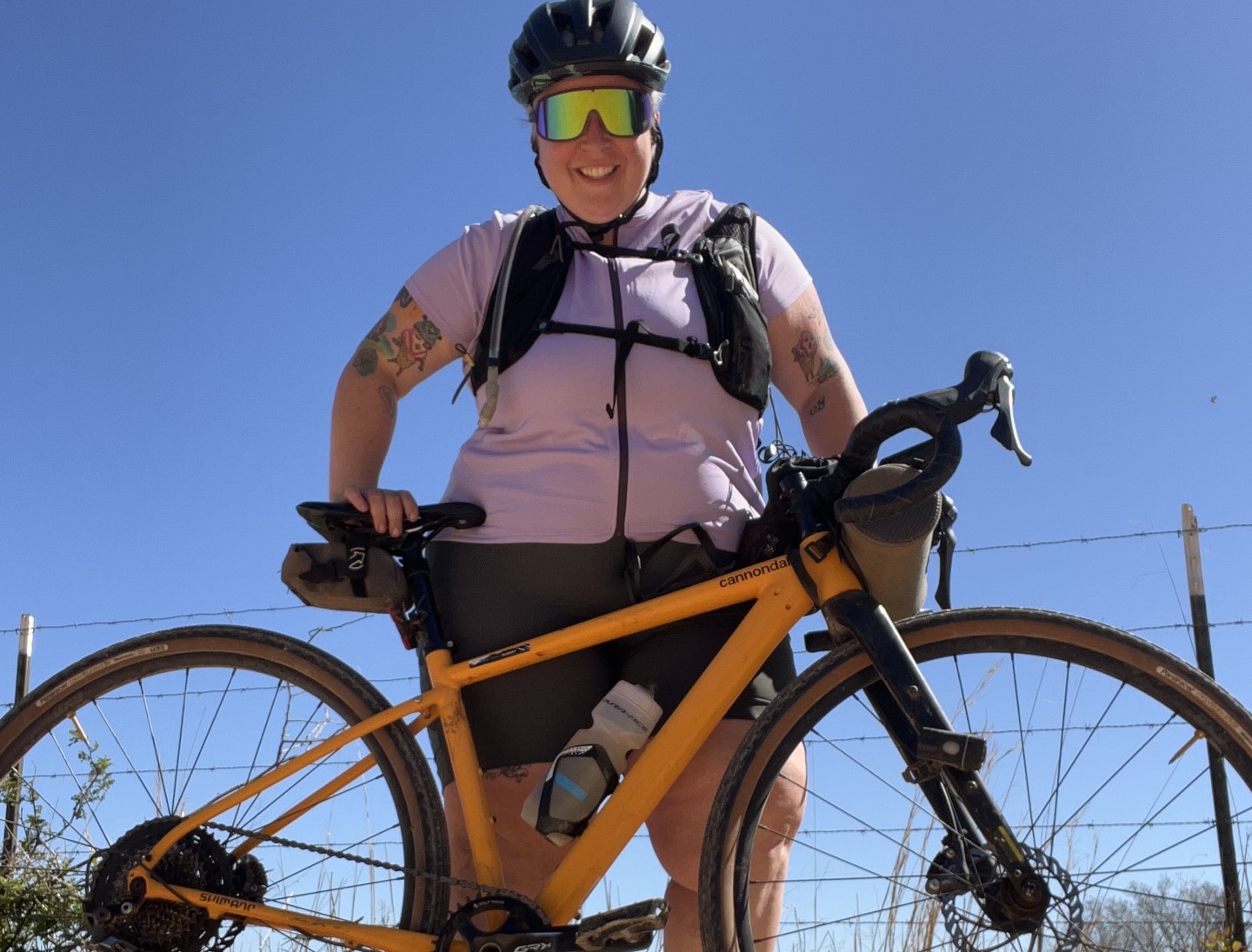Cycling has a weight problem: a call for the industry to be more transparent about its weight limits
Cycling products’ weight limits are typically hidden deep within owner’s manuals or not listed at all. This is a problem.


Cycling has a weight problem. No, I’m not talking about the pressures on the pro peloton to be as light as possible to improve their power-to-weight ratio. I’m not even talking about the rampant diet culture that assumes people ride bikes predominantly for weight loss. The weight problem I’m referring to lies in cycling equipment itself —specifically, the low weight limits and the lack of accessible information on the weight capacity of products.
As a well-known larger-bodied cyclist who runs a size-inclusive nonprofit (All Bodies on Bikes), I receive emails weekly from heavier individuals, searching for a bicycle that will fit their bodies and the style of riding they are planning to do.
In my efforts to help folks, I’ve combed through countless manufacturers' websites. Weight limits are almost never listed under the geometry or technical specifications where you would expect them to be. Instead, I usually have to dig through the owner’s manual to find the weight limit.
Even if a weight limit is provided, interpreting the true weight limit can be a challenge in itself, as they will often include a calculation such as rider weight + cargo weight = weight capacity. Does this mean somebody who exceeds the rider's weight but doesn’t plan on carrying cargo is safe on this bike?
Most of the bike weight limits I’ve seen from major manufacturers like Cannondale, Specialized, and Trek top out at 300 pounds (around 136 kilograms). This limitation excludes a substantial portion of the cycling community from accessing performance-oriented bikes. But we’re not just talking race-style bikes, where a lighter build is prioritized. Hybrids, entry-level commuter bikes, and e-bikes also often top out at the 300-pound level.
Interestingly, I’ve found a bright spot in the direct-to-consumer e-bike market. Many manufacturers, including Rad Power Bikes, Pedego, and Aventon, not only list the weight limit on the bike specification page but also often have higher weight limits than regular bikes, commonly in the 400-pound range. My understanding is that these bikes are marketed to commuters and intended to be car replacements, so they anticipate heavier loads—be it kids, groceries or just a heavier rider.
With 74% of adults in the United States classified as being bigger-bodied individuals by the CDC, this is not a niche problem. Yet, many bikes and bike equipment are still manufactured with only the other 26% in mind. The market is far more diverse, and people with larger bodies, myself included, especially enjoy riding bikes because it's easy on our joints and allows us to travel further than we could by walking or running. I currently struggle to walk a mile (thanks to a torn meniscus) but regularly ride 50+ miles without issue.
The latest race content, interviews, features, reviews and expert buying guides, direct to your inbox!
I have a good friend who weighs 350 pounds. He’s a former college football and rugby player who recently found cycling and has fallen in love. With bum shoulders and knees from years of playing contact sports, cycling is a tool for him to exercise, socialise and find joy. He has struggled, however, to find a bike that would fit him and is capable of riding the gravel adventures he loves to undertake. In less than one year, he has had to warranty two wheelsets that keep failing in the same way. I can sense his frustration, as he selected his bike specifically for the higher listed weight capacity, and yet it falls short of his needs. My best suggestion for him was to get a custom set of wheels built, which is expensive and really shouldn’t have to be the solution.
I understand that listing the weight limit for each bike or wheel is a technical challenge, as many factors impact this number, including build material and end-use case. However, I am confident that this data exists, at least for the factory-spec model.
My proposed solution, which I presented recently at the National Bicycle Dealers Association annual meeting, is to add the weight limit to the geometry spec sheet for every bicycle next to the standover height and reach. While any modifications to the base model would, of course, change this number, it would at least provide a starting point for consumers and bike shops to work from.
As more people of all sizes and shapes get on bicycles, the bicycle industry needs to do a better job of ensuring they have safe and appropriate equipment to use. Listing the weight limits is the first step, and a small one at that, toward a more inclusive industry. Building stronger, more capable bikes will be next.
More columns by Marley Blonsky
- I’m a fat cyclist and here’s how I made peace with climbing
- I know how it feels to finish 'dead last' - here are my tips for completing your first gravel race
- I’m a fat cyclist; these are the top 3 misconceptions people have about bigger riders and why they’re wrong
- Lip service isn't good enough: here's what needs to change for cycling events to actually be inclusive
- I've had my share of disastrous group rides, here's how to lead a successful one

Marley Blonsky is a fat adventure cyclist, co-founder of All Bodies on Bikes, co-host of the All Bodies on Bikes podcast, curve model, advocate, and consultant. Marley is fiercely passionate about size inclusion, believing that everyone deserves full access to life - including at work, in sport, and at home.